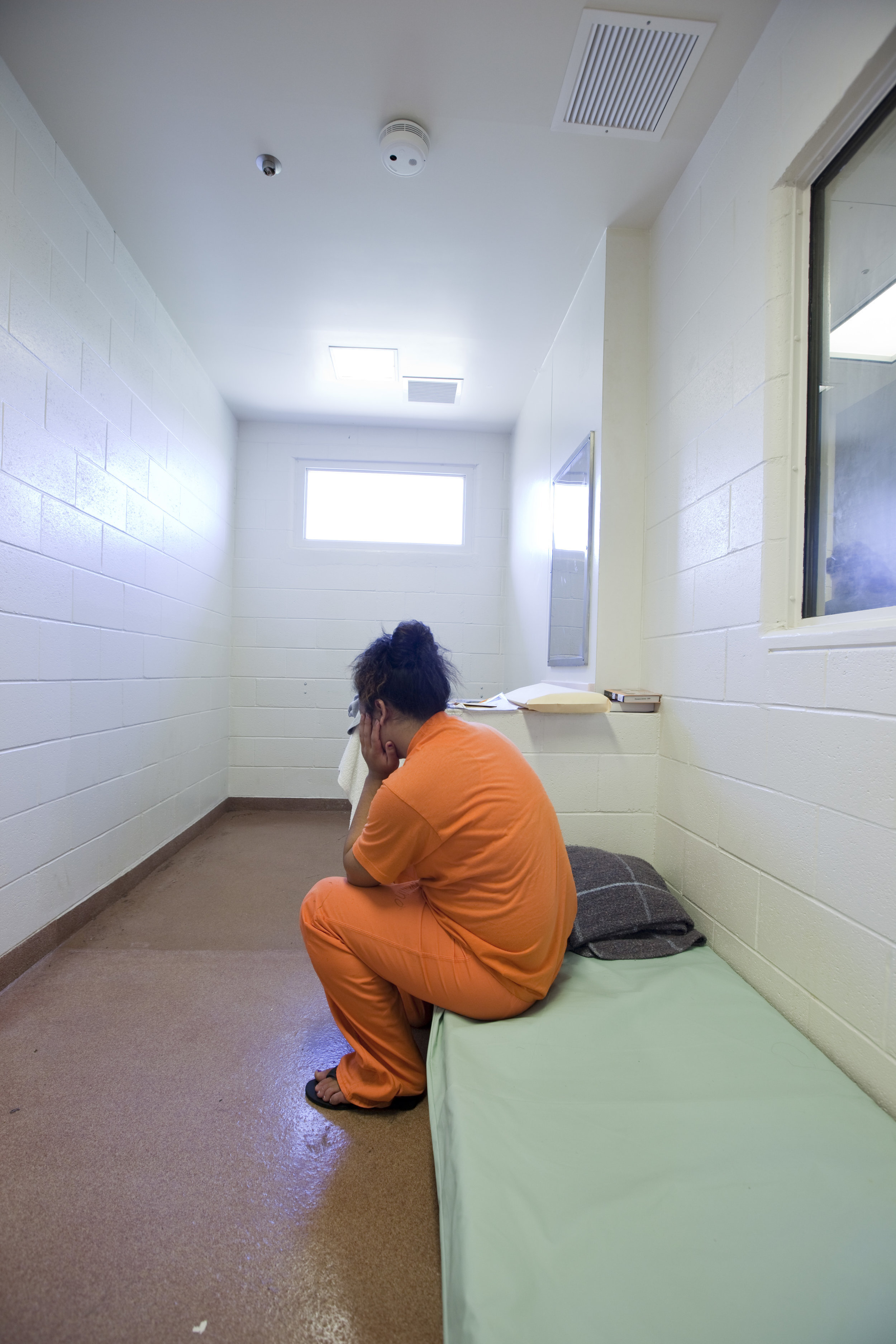Dan Martinez, Research Intern
Note: For the purpose of this piece, I use “queer” and “LGBTQ” interchangeably to when referring to the full spectrum of non-cisgender/heterosexual identities. I also use “trans” and “gender-nonconforming” interchangeably to describe anyone who does not identify as cisgender.
Queer and trans youth are overrepresented in the juvenile justice system, and this is especially true for queer youth of color. Of the general youth population, only 5-7% of kids in the U.S. are LGBTQ. Among incarcerated youth, that percentage skyrockets to 13-15%. Some sources even estimate that number is much higher; the Annie E. Casey Foundation found that 20% of sampled incarcerated youth identify as LGBT or gender-nonconforming; among those queer youth, 85% identified as youth of color.
What causes this overrepresentation? In addition to the existing significant racial disparities in our justice system as a whole, factors specifically tied to queer youth may lead to heightened criminalization and incarceration. Queer kids entering the juvenile justice system are twice as likely to have experienced family conflict, child abuse, and homelessness than the general incarcerated youth population, according to the Center for American Progress. Queer kids are often rejected by their family, kicked out of their homes, or forced to flee hostile or abusive situations. After being cast out of their homes, they’re left emotionally and physically vulnerable and forced to find a way to survive.
“I am a transgender female. They have me living in an isolation area for the past 7 months I think to protect me against suicide, but also keep me sort of away from the other girls. I live on the street with older friends who are part of “that life.” They’re mostly people who are positive about who I am but also got involved in stuff like burglary, drugs, and prostitution. I don’t mind being separate from other girls, but I miss the interaction.” -A.S. Age 17
They’ll most likely wind up homeless, which is the greatest predictor of involvement with the justice system. The Trevor Project reports that as much as 40% of the homeless youth population is LGBTQ. These kids often resort to various survival methods, such as theft, drug dealing, or transactional sex. These behaviors are criminalized and often land them in jail. Of the homeless queer youth population, 39% report involvement with the justice system. Not to mention the fact that trans/gender nonconforming kids often have negative interactions with law enforcement; police frequently profile trans kids for prostitution based on their gender-nonconforming appearence or presence in specific neighborhoods. They are more likely to be arrested or detained for truancy, warrants, probation violations, and other “low level and victimless offenses related to economic and social marginalization.” These interactions are compounded by racial profiling as well, making trans and queer youth of color even more vulnerable and at risk for criminalization.
Once in the juvenile justice system, trans and gender nonconforming kids are often inappropriately classified based on their sex assigned at birth, which can prompt gender dysphoria, negatively impact mental health, and place them at high risk for victimization. For example, a trans girl may be erroneously placed in a male facility, making her vulnerable to physical, emotional, and sexual abuse once incarcerated. In addition, staff often wrongly stereotype trans youth as predatory or threatening, despite no such evidence to support that. Some facilities automatically segregate gender nonconforming kids or place them in solitary confinement “for their own safety.” Segregation or isolation not only has a negative impact on incarcerated kids’ mental wellbeing, but it “perpetuates stigmatization, casts them as sexually deviant, and signals they might be a threat.”
These children are criminalized for their nonviolent means of survival; instead of housing them and providing them security and support, they are criminalized in a system “not equipped to manage the unique experiences and challenges that these young people face.” Above all else, queer and trans kids deserve, need compassion, institutional support, and a safe, trauma-informed environment, which our system not only fails to provide, but instead actively continues to traumatize them once incarcerated. Queer and trans youth should be allowed to self-determine in which facility they should be placed based on where they feel the safest. Facilities should train corrections staff to prevent discrimination and ensure they can adequately support queer and trans youth. Most of all, our society must stop criminalizing homelessness and poverty so homeless queer youth get the support they need, rather than a prison sentence.

